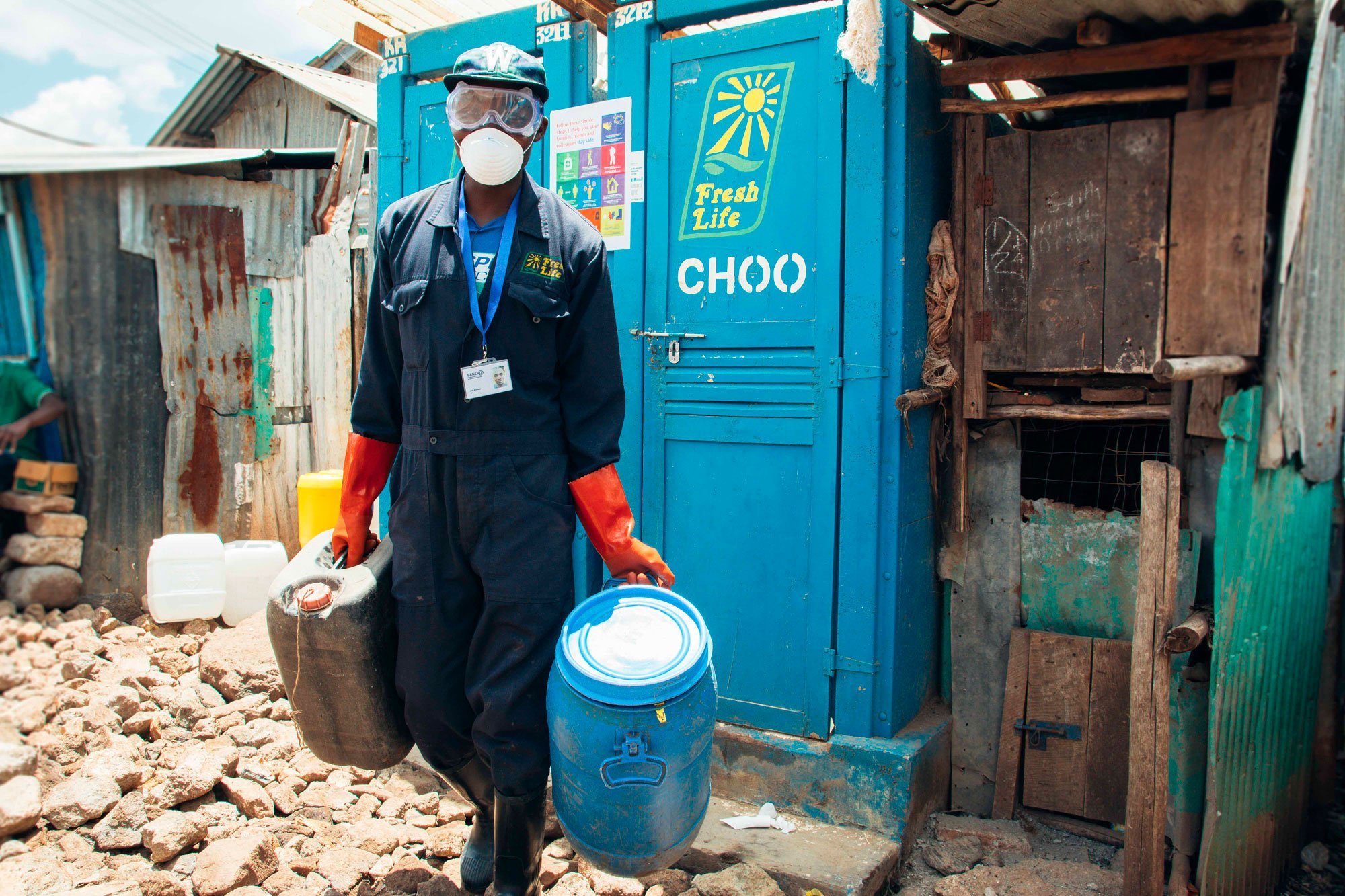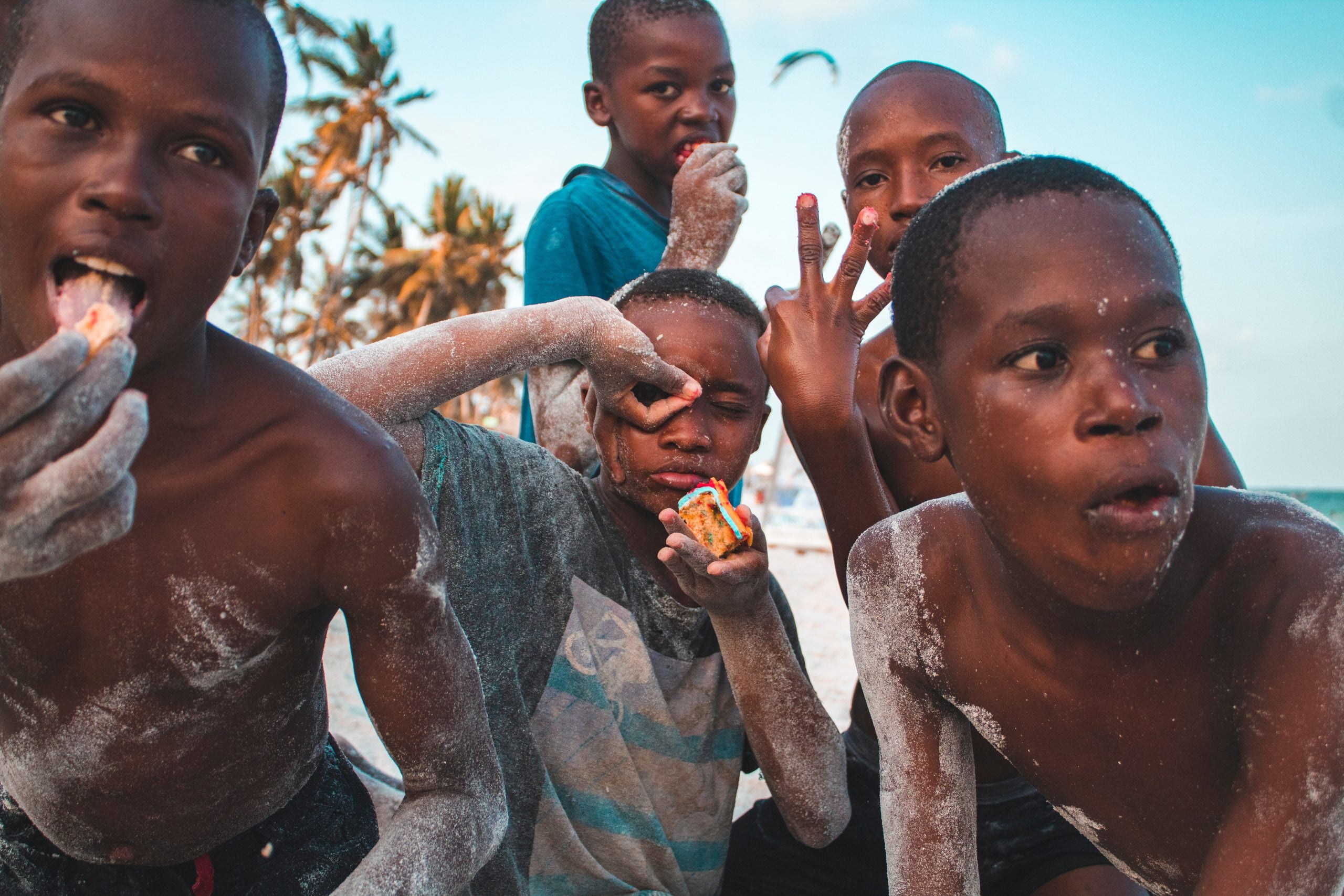Tropical rainfall is unpredictable, making life hard for farmers. Until now. 5 spoke to Liisa Smits, CEO of a Swedish startup that has developed a new way to predict rain, and deliver tailored forecasts by text message.
Takeaways
- Weather in the tropics doesn’t work like weather in other parts of the world.
- Forecasting models developed in Europe and North America are not designed for places like West Africa.
- Unreliable rain forecasts make life tough for farmers.
- Liisa Smits is CEO of Ignitia, which has created a more accurate tropical weather model, and delivers forecasts to farmers via text message.
- The impact on farmers’ productivity is huge.
In a field somewhere in Ghana, a farmer’s phone buzzes with a text alert. There’s rain coming. It’s good news and bad news. Good news because it’s rain. Bad news because he has everything in place to spread fertiliser on the fields today – which will go to waste if the heavens are about to open. But he got the message in time, so he can hold off spreading fertiliser until another day.
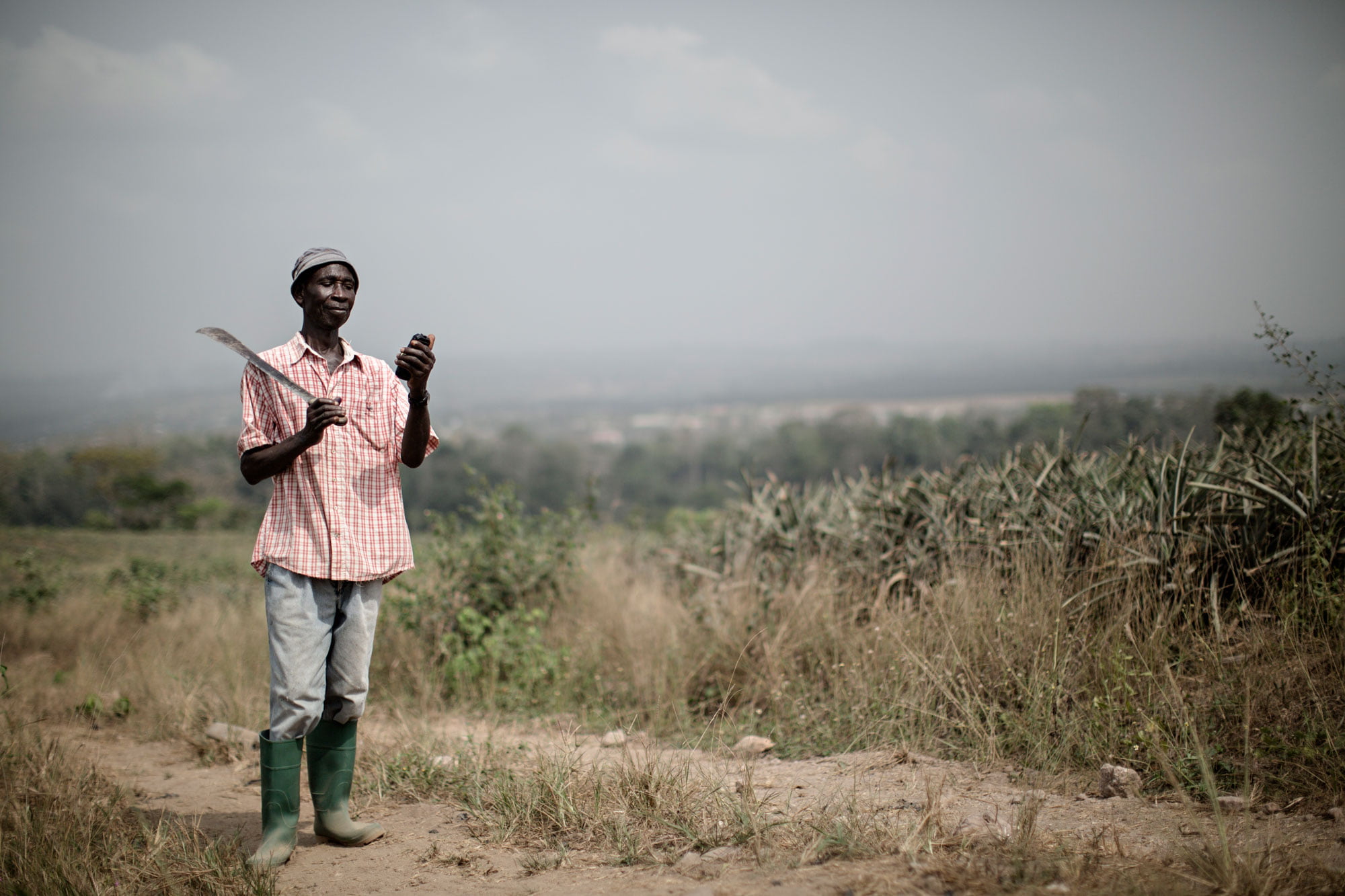
In Aburi, Ghana, a farmer checks a weather update that could determine his activities for the next couple of days.
It might sound like just another day on the farm, but this kind of accurate, timely weather alert is a gamechanger for farmers in tropical areas such as West Africa. It’s made possible by technology from Swedish startup Ignitia.
Ever peered out of the window and thought that the weather looked mid latitudinal? Probably not. But if you live in Europe or North America, then it is. In the tropics – the areas around the equator where 40% of the world’s people live – the weather is different. It’s hotter, of course, but the differences go deeper than that.
“In weather forecasting, the tropics are kind of forgotten”
Watch a weather forecast in Europe and you’ll hear talk of cold and warm fronts, areas of low and high pressure. These are key features in mid latitudinal areas, but not in tropical climes. “These are things that are 1000km in scale,” says Liisa Smits, founder and CEO of Ignitia. “Tropical weather is 1000 times smaller in scale. It’s a thunderstorm that appears from clear blue sky that rains on one place and then disappears. It’s totally different problems.”
Forecasts need to be hyper-local, focusing on areas a few kilometres across – beyond the resolution of traditional forecasting.
Modern weather forecasts are generated by highly complex computer models – attempts to represent the physics of how weather works through numbers. Most forecasts are based on one of a handful of weather models, one owned by the United States government, one owned by the UK’s Meteorological Office and one owned by a group of European countries, and also based in the UK.
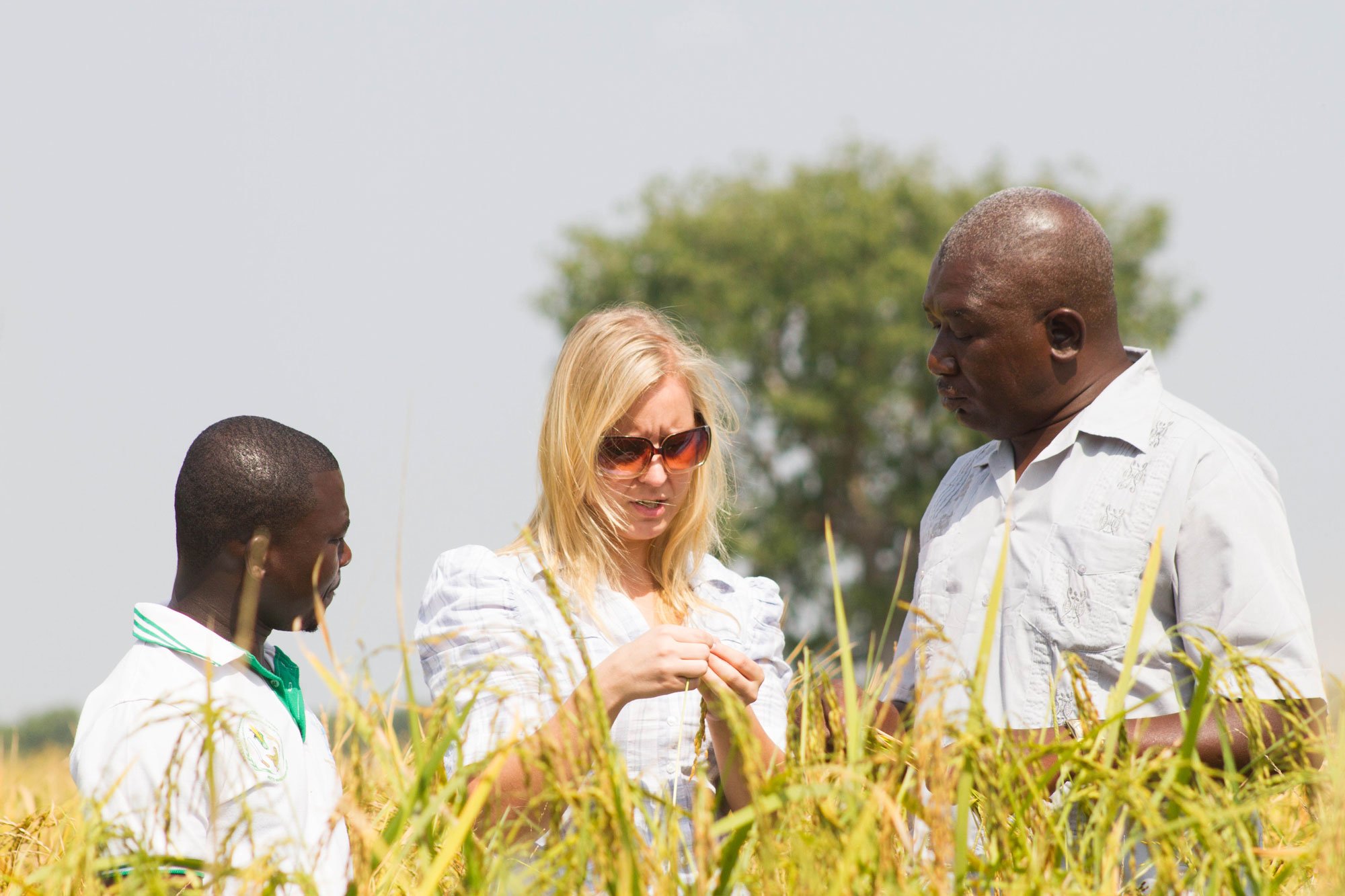
Tropical weather has been a blind spot. “Their mandate is to make forecasts better for Europe or the US,” says Liisa. “The tropics are kind of forgotten. Temperature forecasts are fine, wind forecasts are fine – it’s the rain forecasts where it goes wrong. But rain makes the big difference.”
So for places like Ghana, Nigeria and Mali, predicting rain is a real problem.
“I thought, this must be able to be fixed by now. It’s just a matter of doing”
A complex problem
What if we could build a new model? And what if we could deliver alerts immediately to those that need them? Those were the questions in Liisa’s mind when she set up Ignitia. She was working in the US with scientists from NASA, looking at satellite data on the Arctic – about as far removed from the tropics as can be. “What came across my mind while doing this was, there’s so much satellite data around the equator today that’s not used for making good weather forecasts in the area. I thought, this must be able to be fixed by now with the knowledge and computational power we have, it’s just a matter of doing.”
So Liisa and a group of colleagues decided to do it. In 2010 they quit their jobs and created Ignitia. They spent five years developing the tech and testing a beta version, before launching commercially in 2015, starting in Ghana.
“It is an extremely complex problem to solve,” she says, and it’s one that requires vast computing power (Ignitia has its own supercomputer, humming away beneath the streets of Stockholm).
Rather than large storms resulting from pressure or temperature differences, tropical downpours tend to be driven by convection currents – caused by the rising and falling of warm and cool air. The ability to predict convection using satellite data (ground monitoring of weather in sub-Saharan Africa is patchy) is key to Ignitia’s success.
It’s a system that is designed specifically for tropical weather patterns. The result? Forecasts that are highly location-specific and twice as accurate as traditional ones (84% compared to 39%). These are the world’s most accurate tropical weather forecasts, says Ignitia.
The impact of rain
The difference this makes is huge. Farming in these areas tends to be done without irrigation, Liisa explains, so “every action on the farm becomes rain dependent”. “When it’s time for planting, you go out there, put your seeds in the ground for the next two weeks it might not rain at all, that might mean no seeds germinate and you have to do it all again, if you can afford it.”
The same goes for applying fertiliser or pesticides. “If you go and apply the fertiliser, then it rains heavily two hours later, everything runs off the field and you’re back where you were at the start.”
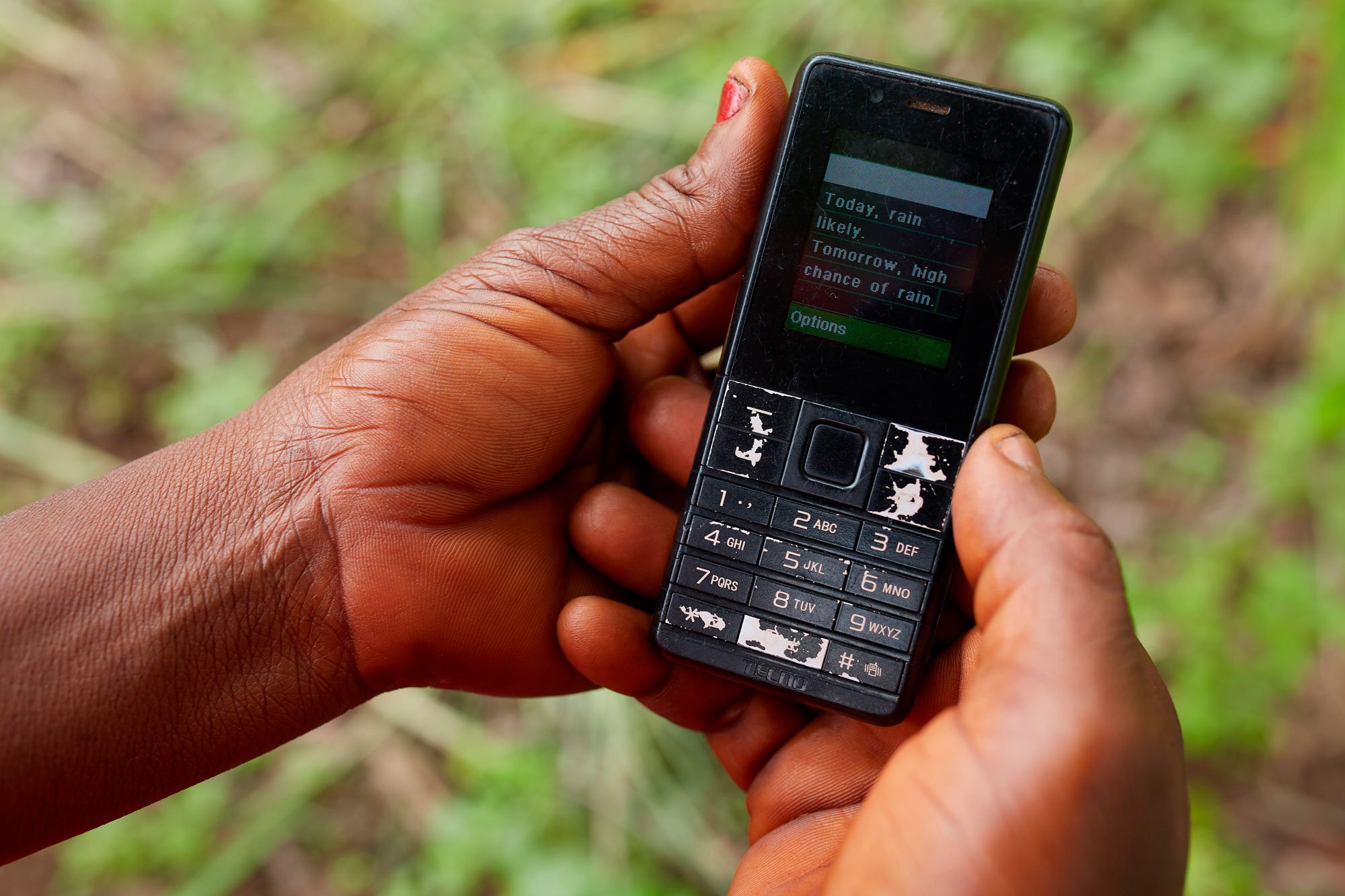
Ignitia’s text message-based forecasts are designed to be as simple and easy to understand as possible.
Knowing when it will rain is also crucial for managing labour – if a farmer hires workers to help with the harvest, they will still want payment even if it rains all day and they get nothing done.
Ignitia provides subscribers with daily forecasts via text message, as well as special alerts if conditions change quickly. Forecasts are tailored to the subscriber’s precise location, and timed carefully to try to reach farmers while they’re at home in their villages – where phone signals are “often more reliable than the outskirts of Stockholm”, says Liisa – instead of when they’re out in the fields, where reception can be patchy. They’re written using a small and consistent number of words, to make sure that even those with low literacy can learn to understand them. To date, Ignitia has delivered more than two million forecasts.
“Where we can really help is to stabilise farm yields and make them constantly higher”
Ignitia has also conducted a number of studies to measure its impact. “Where we can really help is to stabilise yields and make them constantly higher,” says Liisa. In 2017, users saw a yield increase of 65% across all crops. In 2018 it was 54%. She’s keen to be precise about the numbers and to point out the caveats (early adopters might see bigger benefits due to being generally more advanced in their agricultural practices than others), but still, the impact is clearly considerable.
And weather forecasts are only going to become more important as farmers struggle with the effects of climate change. “In some places when we talk with farmers, they could tell us 10 years ago, every day at 10:15 in the rainy seasons, it’s going to rain here,” says Liisa. Now that’s changing.
One thing that’s relatively easy for Ignitia is getting the word out to farmers about the service it provides. It invests in some promotional activities, but also relies a great deal on word of mouth from its subscribers. Once someone has begun to subscribe, says Liisa, they almost always stay.

